Romul Nutiu – The Romanian Abstract Expressionist
Hello everyone, this is my fifth blog which will be about Romul Nutiu – the Romanian Abstract Expressionist (1932-2012).
My mother discovered him in 2007 as a member of the acquisitions committee of the new MNAC (Contemporary Art Museum) in Bucharest. The European Union gave the board significant financial support to buy Romanian art from Post-War to Contemporary and in order to build up the museum’s collection. There were more than 500 applicants, but Nutiu stood out because his work was purely abstract, abstract expressionistic, in comparison to most applicants whose works were figurative. The committee decided to buy a work by Nutiu for the museum’s collection.
Introduction
Nutiu was born in Harghita in 1932. Nutiu’s interest in painting began during his school years and the first painting lessons he attended were with his teacher Gustav Müller. During his last years of high school, he became more interested in painting and drawing than all the other subjects.
Nutiu started studying at the Fine Art Institute Ion Andreescu in Cluj in 1951 from which he graduated in 1957. In 1958 he took part in specialisation classes at the Fine Art Institute Nicolae Grigorescu in Bucharest. From 1958 until the end of his life, Nutiu stayed and worked in Timisoara where he taught at the Art Institute.
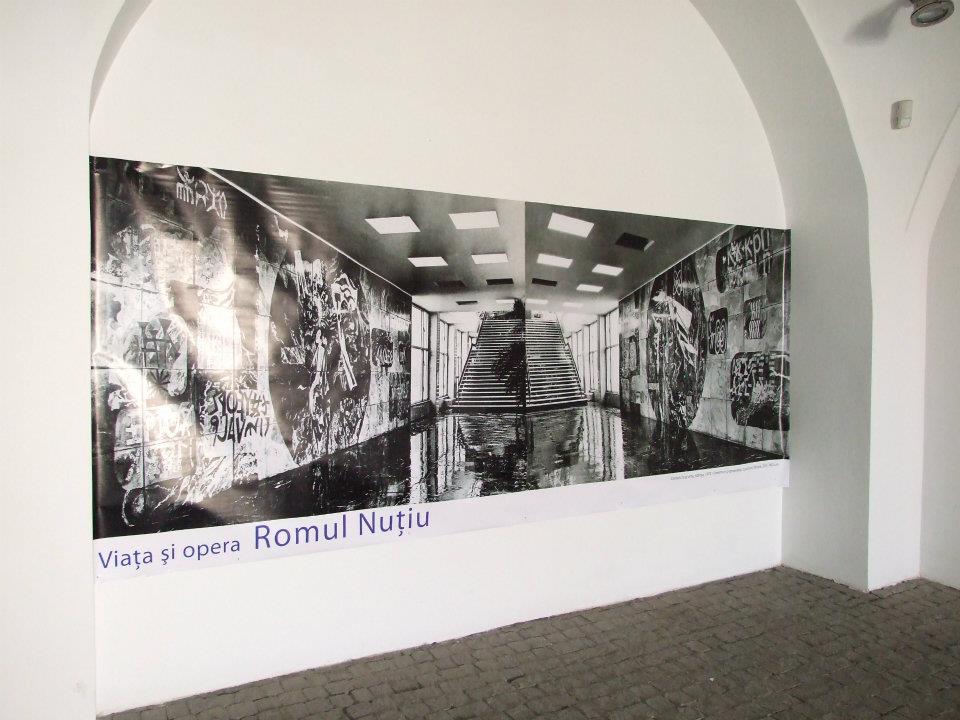
In the background are the murals Nutiu painted for the university, one side representing Literature and Art and the other the Sciences.
330 x 960 cm, Pigmented Cement
© Antonella Grevers
Early Artistic Career and Development
Nutiu’s employment of abstract expressionistic elements was already identifiable at the beginning of his artistic career. However, he started figuratively and combined it with traditional realism. He was the first Romanian artist to treat painting in space as an open medium; he expanded some of his artworks from two-dimensional into three-dimensional as he wanted to move beyond the canvas.
Nutiu initially used traditional and folk elements in his paintings combining these with abstractionism. He was constantly concerned about shapes and relations in space. Nature was inspiring to him, but he also added human sensations into the naturalistic works and adapted them to the composition and the architectural space. His goal was the dissolution of the form. He found his personal style, mixing up colour, spontaneity, space, meanings and ideas according to his creative impulse.
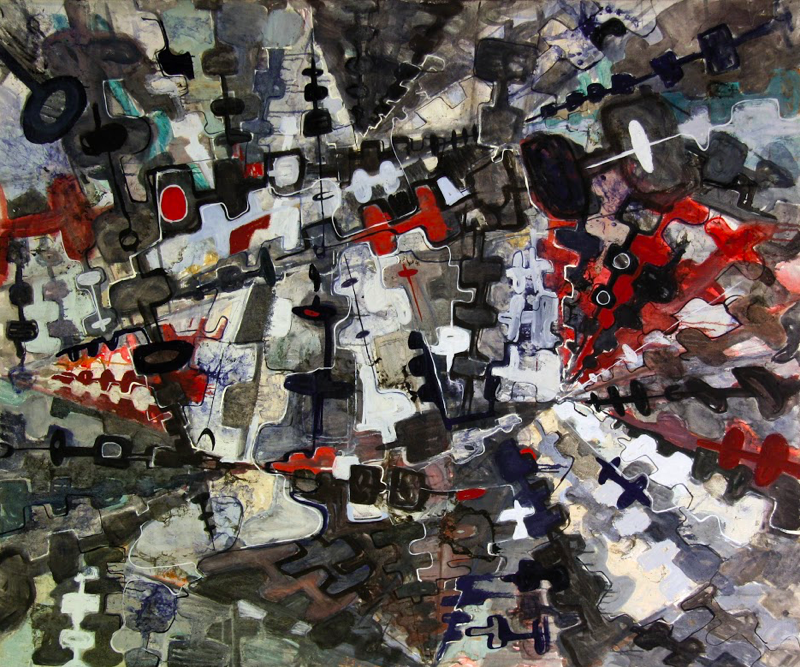
http://www.418gallery.com/data/catalogs/2011/Romul%20Nutiu%20-%20Entropy%20of%20the%20experiment.pdf (p.9)
In the late 1960s Nutiu developed a new technique he later called the “aquatic experience”, in fact it was a performance. He used several shallow containers in which an immiscible mixture of water and industrial car paint was floating; the artist influenced those shapes by interacting with a bar similar to action painting, he then held the canvas on the water’s surface, so the paint composition could be absorbed. Subsequently Nutiu intervened with a few brush strokes, obliteration and drawing.
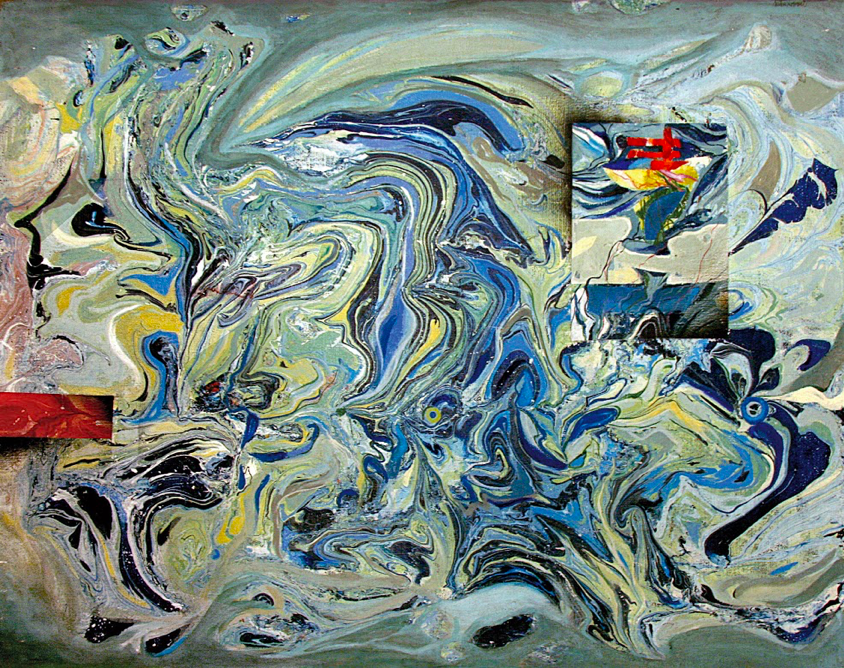
http://www.418gallery.com/data/catalogs/2011/Romul%20Nutiu%20-%20Entropy%20of%20the%20experiment.pdf (p.21)
Exhibitions – Solo Shows
Nutiu’s first successful solo show was titled “Dynamic Universe” and took place in 1975 at the Helios Gallery in Timisoara. A continuation of the exhibition was held a year later at the same gallery and called “Dynamic Universe 2”. In 1988 at the Helios Gallery in Timisoara, Nutiu held another exhibition called “Sections through Fertile Soil”.
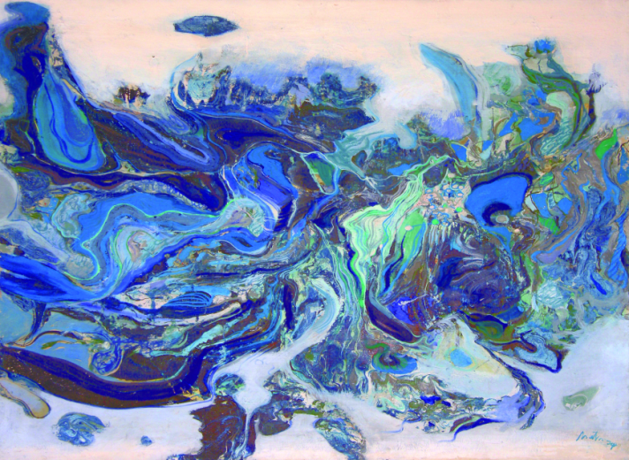
https://418gallery.com/wp-content/uploads/2022/08/Dynamic-Universe-New-website.pdf (p.68)
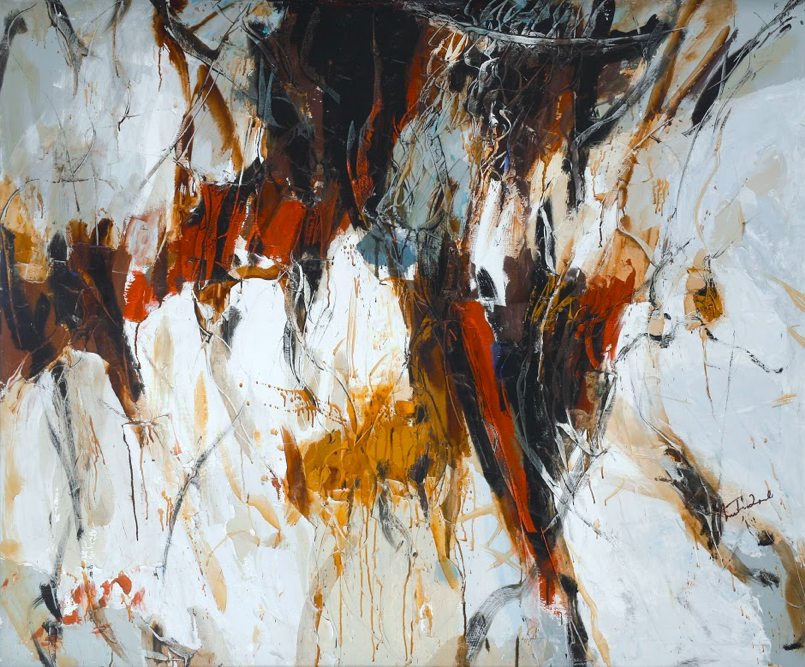
http://www.418gallery.com/data/catalogs/2011/Romul%20Nutiu%20-%20Entropy%20of%20the%20experiment.pdf (p.30)
After the fall of the Iron Curtain, Nutiu was able to show his works outside of his native country and had held an exhibition at the Stadtsparkasse in Karlsruhe, Germany in 1996. Apart from this show in Germany all his solo shows were held in Romania. In 2012 after his death, a retrospective was organised at the Timisoara Art Museum, which showed six decades of his works, demonstrating the semantic complexity of his oeuvre and its major role regarding expressive abstraction in Romania.
Exhibitions – Group Shows
He did however get the chance to be shown in other countries through group shows.
Nutiu’s first one was in Novi Sad and Belgrade with 26 other artists from Timisoara in 1969/1970. Other international exhibitions he was part of were in Switzerland (1978), Germany (1980), London (1986), Brussels (2005) and USA (2017).
I will now focus on one particular group show which was in 2017 in the Hamptons, USA at the Pollock-Krasner House and Study Centre; this museum was chosen because Jackson Pollock was the major figure in the abstract expressionist movement. The title of the exhibition was Abstract Expressionism behind the Iron Curtain. The idea of this exhibition was born when my mother, Dr. Joana Grevers, visited the Pollock-Krasner House and Study Centre with me in 2014 and suggested the idea to the director Helen Harrison about this subject. Mrs Harrison thought this was an interesting project, as she had already been contemplating organising such a show since 1992.
My mother suggested doing an exhibition with only Nutiu, to see the impact Pollock had on him. However, Mrs Harrison proposed making an exhibition including also other artists that started working abstractly behind the Iron Curtain.
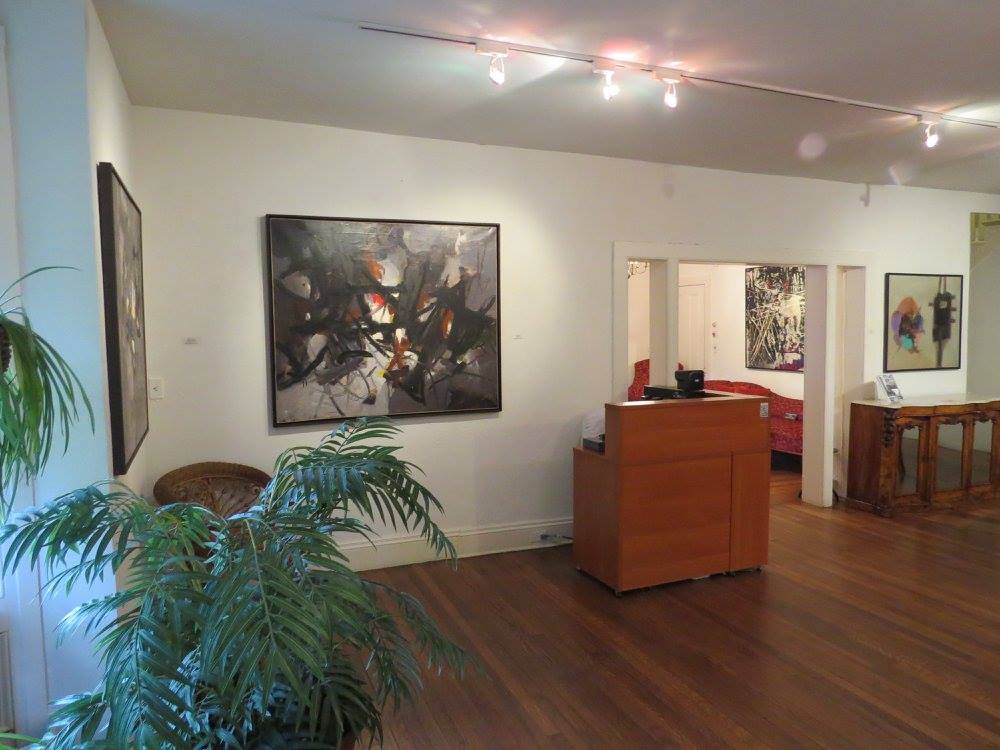
© Joana Grevers
The show was held at the Pollock-Krasner House, as it stood for a most significant centre of gravity for the subject of the exhibition. Journeys to the West or travelling exhibitions that went to communist countries during various thaws in East-West relations, were opportunities for transparency. The artists took brave attempts to assert creative and personal freedom that diverged from the doctrine of Socialist Realism. In the end five Eastern European artists took part in the exhibition, they were from Edo Murtic (1921-2005) Croatia, Jan Kotík (1916-2002), Czech Republic, Tadeusz Kantor (1915-1990) Poland, Romul Nutiu (1932-2012) Romania and Andrej Jemec (b.1934) Slovenia. The exhibition was a success and also shown at the Steinberg Museum of Art, Long Island University, NY, USA.
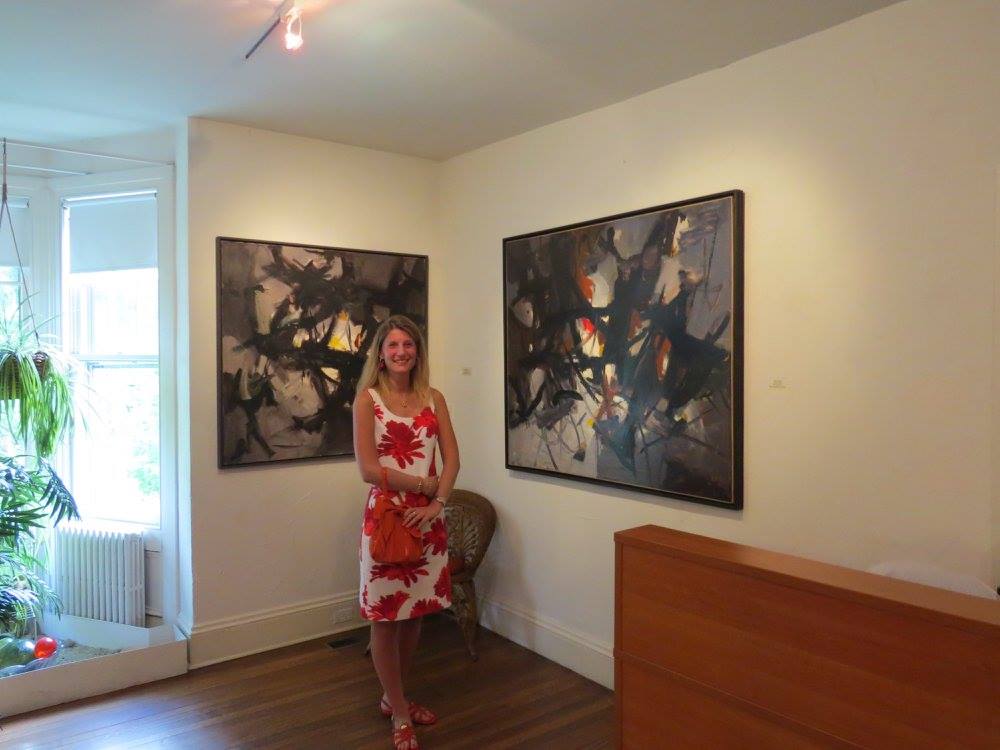
Works by Andrej Jemec:
Left: In the Forest, 1960, Oil on Canvas, 110 x 116 cm
Right: Battle,1960, Oil on Canvas, 116 x 137.5 cm
© Joana Grevers

Work by Tadeusz Kantor:
Composition, 1958, Oil on Canvas, 120 x 151 cm
© Joana Grevers
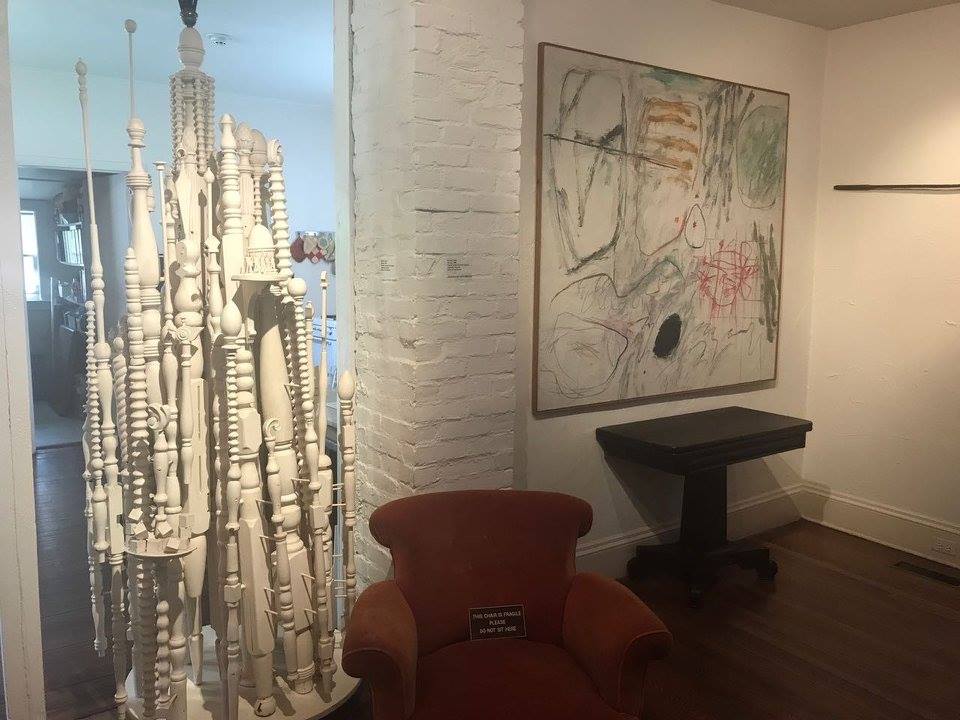
Work by Jan Kotík:
Painting 22 (Whiteboard),1964, Oil and Acrylic on Canvas, 146 x 162 cm
© Joana Grevers
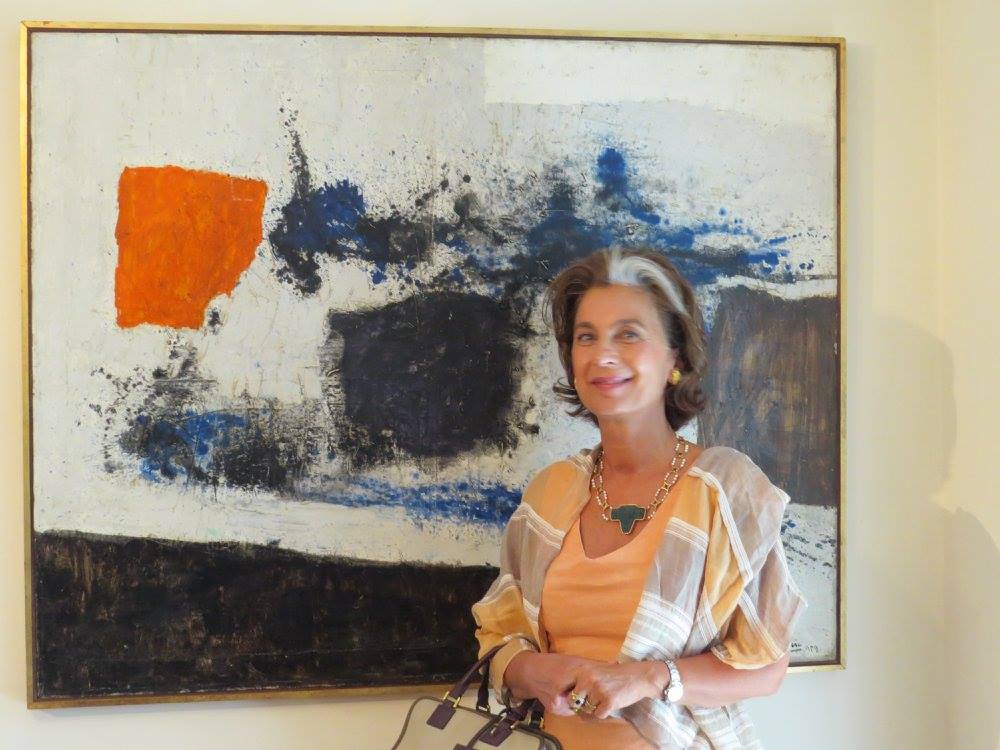
Work by Edo Murtic
White Background, 1959, Oil on Canvas, 106 x 134 cm
© Joana Grevers
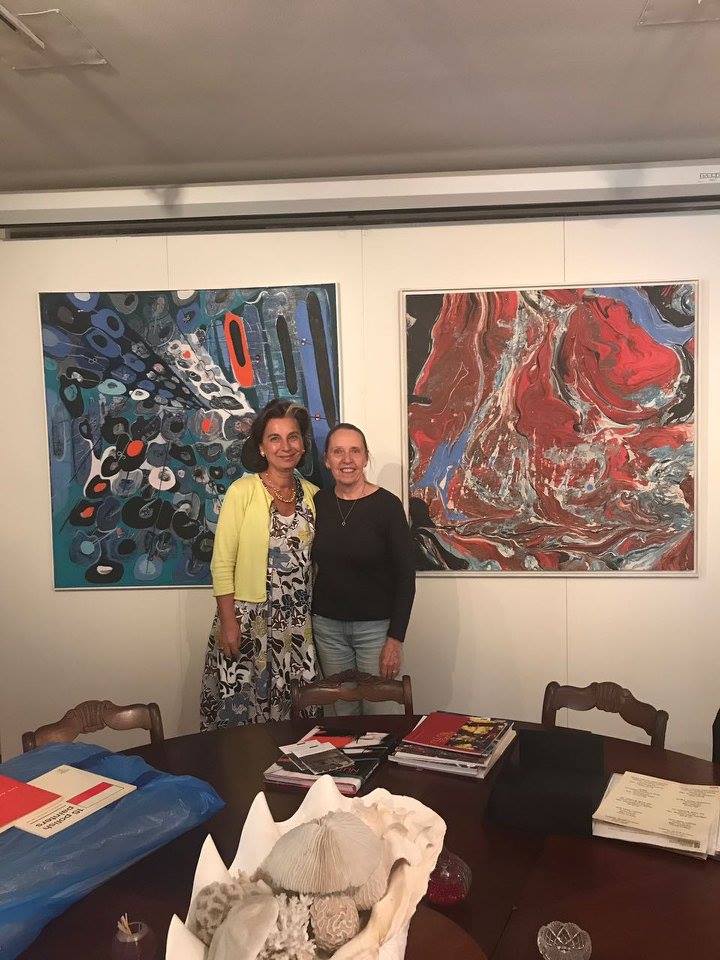
Pollock-Krasner House, 2017
Works by Romul Nutiu with Dr. Joana Grevers and Helen Harrison in front of:
Left: Compozitie Modulara IV, 1966, Oil on Canvas, 131 x 131 cm
Right: Dynamic Universe XXVI, 1970, Mixed Media on Canvas, 120 x 120 cm
© Joana Grevers
Exhibitions – Current & Upcoming
Nutiu has an exhibition running in Munich at the moment, which opened at our viewing room a short time ago. The title of it is: Romul Nutiu: Dynamic Universe Revisited. Therefore, referring to the first solo exhibition he held in 1975 in Timisoara.
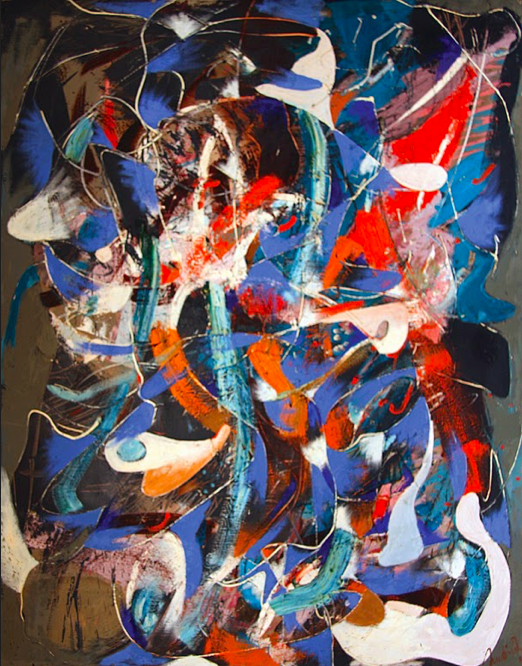
http://www.418gallery.com/data/catalogs/2008/Romul%20Nutiu%20-%20elan%20vital.pdf (p.8)
The current exhibition shows mostly abstract paintings, apart from one which has recognisable figurative elements. The works date from 1970 to 2011 and are paintings as well as sculptures. They depict the topics he explored during his artmaking throughout his lifetime. Nutiu was inspired by nature, vegetal structures, movement of water (flowings and waterfalls), dance as well signs and calligraphy. Two paintings on show are part of his technique I explained earlier called “aquatic experience”. The only figurative painting is titled “The Bird Tamer” and shows a man struggling with two birds. All the works shown in the exhibition are very colourful and powerful.
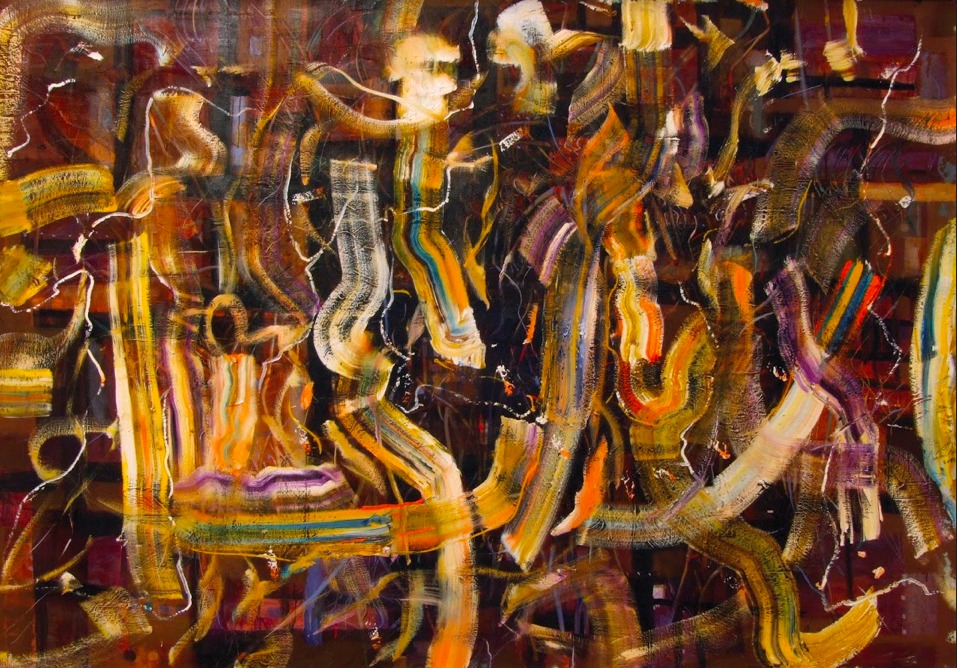
There is another exhibition coming up this year, which is only dedicated to Nutiu, it will take place at our gallery in Cetate, Romania. The exhibition will be at our hay-barn which has dimensions of 850 square metres. This will be an opportunity to show all his big scale works, which are difficult to hang in other places. The curator is Dr. Flavia Frigeri from London, who made exhibitions at the Tate Modern (The World Goes Pop, 2015, Henri Matisse: The Cutouts, 2014 and Paul Klee: Making Visible, 2013).
Conclusion
Romul Nutiu is a one of a kind artist, that explored the art world in his own right and at his own pace. He developed his own techniques, became interested in different areas and showed that through his paintings and sculptures. Nature as well as water inspired him and led him to make wonderful artworks. He had a genuine affinity towards Abstract Expressionism. Later in life when he travelled abroad, he realised this serendipity and was amazed himself.
The exhibition at the Jackson Pollock House gave him the opportunity to be seen by experts in the field, as well as proving that expressionistic abstraction existed behind the Iron Curtain as well, which astonished many art historians that hadn’t travelled to Eastern Europe before.
I’m sorry he didn’t manage to see this turn of events, but I’m sure he would be proud that his works finally got the recognition they so deserved.

-
-
1 year
Tagged #Bucharest, #contemporaryart, #museumofrecentart, #nationalhistorymuseumromania, #nationalmuseumromania